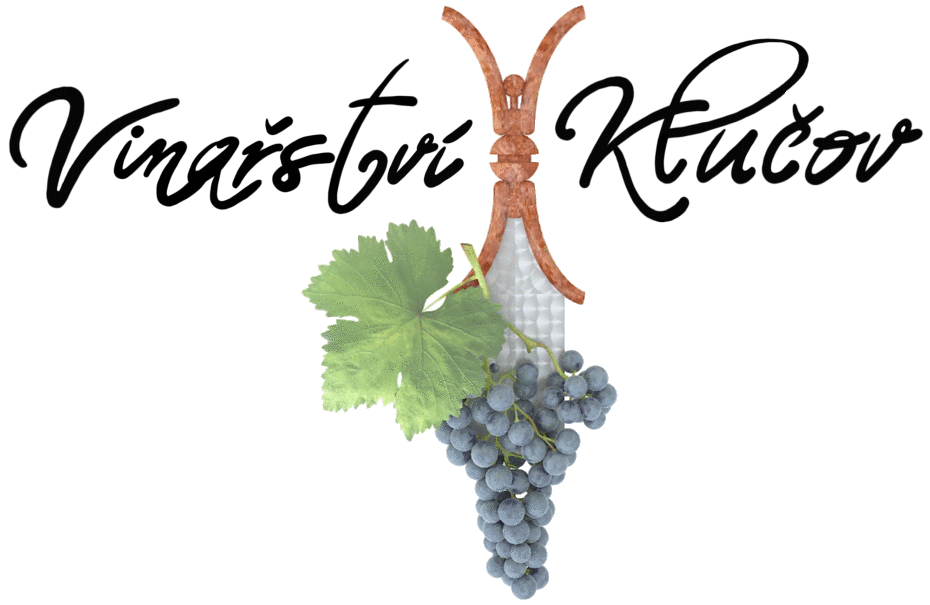Table
[trx_section dedicated=”no” bottom=”-30″]
[trx_table align=”center” bottom=”0″]
| [trx_highlight type=”2″]#[/trx_highlight] | COL 1 | COL 2 | COL 3 | COL 4 |
|---|---|---|---|---|
| [trx_highlight type=”2″]1[/trx_highlight] | Row 1 cell 1 | Row 1 cell 2 | Row 1 cell 3 | Row 1 cell 4 |
| [trx_highlight type=”2″]2[/trx_highlight] | Row 1 cell 1 | Row 1 cell 2 | Row 1 cell 3 | Row 1 cell 4 |
| [trx_highlight type=”2″]3[/trx_highlight] | Row 1 cell 1 | Row 1 cell 2 | Row 1 cell 3 | Row 1 cell 4 |
| [trx_highlight type=”2″]4[/trx_highlight] | Row 1 cell 1 | Row 1 cell 2 | Row 1 cell 3 | Row 1 cell 4 |
[/trx_table][/trx_section]
Audio
[trx_audio title=”It’s Not Goodbye” author=”Laura Pausini” url=”https://www.vinarstviklucov.cz/wp-content/uploads/2017/11/laura.mp3″ image=”https://www.vinarstviklucov.cz/wp-content/uploads/2015/01/s3.jpg” controls=”show” autoplay=”off” width=”100%” bottom=”0″]
Video
[trx_video url=”http://vimeo.com/87056636″ autoplay=”off” image=”no” bottom=”0″]
Slider
[trx_slider engine=”swiper” theme=”dark” count=”3″ offset=”0″ orderby=”date” controls=”yes” pagination=”no” titles=”no” links=”yes” height=”500″ bottom=”0″]
[trx_slider_item src=”https://www.vinarstviklucov.cz/wp-content/uploads/2014/11/Depositphotos_7702215_original.jpg” theme=”dark”]
[trx_slider_item src=”https://www.vinarstviklucov.cz/wp-content/uploads/2014/11/Depositphotos_4947410_original.jpg” theme=”dark”]
[trx_slider_item src=”https://www.vinarstviklucov.cz/wp-content/uploads/2014/11/Depositphotos_35013685_original.jpg” theme=”light”]
[/trx_slider]
Button
[trx_section dedicated=”no” ]
[trx_columns indent=”no” columns=”4″][trx_column_item]
[/trx_column_item]
[trx_column_item]
[/trx_column_item]
[trx_column_item]
[/trx_column_item]
[trx_column_item]
[/trx_column_item][/trx_columns]
[/trx_section]
Dropcaps
[trx_dropcaps style=”4″]Champagne corks built from several sections are referred to as agglomerated corks. Mushroom shape is a result of the bottom section, which is in contact with the wine, being composed of two stacked discs of cork, cemented to the upper portion which is a conglomerate of ground cork and glue. Prior to insertion, a champagne cork is almost 50% larger than the opening of the bottle. They start as a cylinder and are compressed prior to insertion into the bottle.[/trx_dropcaps]
[trx_dropcaps style=”1″]Pouring sparkling wine while tilting the glass at an angle and gently sliding in the liquid along the side will preserve the most bubbles, as opposed to pouring directly down to create a head of “mousse”, according to the study On the Losses of Dissolved CO2 during Champagne serving. Colder bottle temperatures also result in reduced loss of gas. The industry is also developing Champagne glasses designed specifically to reduce the amount of gas lost.[/trx_dropcaps]
[trx_dropcaps style=”2″]On 18 April 2007, the Journal of Agricultural and Food Chemistry published the results of a recent joint study by the University of Reading and University of Cagliari that showed moderate consumptions of Champagne may help the brain cope with the trauma of stroke, Alzheimer’s disease, and Parkinson’s disease. The research noted that the high amount of the antioxidant polyphenols in sparkling wine can help prevent deterioration of brain cells due to oxidative stress.[/trx_dropcaps]
Quote
[trx_section dedicated=”no” bottom=”-30″]
[trx_quote author=”Graham Greene” link=”#”]Champagne, if you are seeking the truth, is better than a lie detector. It encourages a man to be expansive, even reckless, while lie detectors are only a challenge to tell lies successfully.[/trx_quote]
[/trx_section]
Highlight
[trx_section dedicated=”no” bottom=”-10″]There are many causes for the perception in wine faults including poor hygiene at the winery, [trx_highlight type=”1″] excessive and/or insufficient exposure of the wine to oxygen [/trx_highlight], excessive or insufficient exposure of the wine to sulphur, overextended maceration of the wine either pre- or post-fermentation, faulty fining, filtering and stabilization of the wine, the use of dirty oak barrels, over-extended barrel aging and the use of poor quality corks. Outside of the winery, other factors within the control of the retailer or end user of the wine can contribute to the perception of flaws in the wine. These include poor storage of the wine that exposes it to [trx_highlight type=”1″ color=”#eb413e” backcolor=”#f2f5f8″] excessive heat and temperature fluctuations [/trx_highlight] as well as the use of dirty stemware during wine tasting that can introduce materials or aromas to what was previously a clean and fault-free wine.[/trx_section]
Google maps
[trx_googlemap id=”4″ zoom=”10″ width=”100%” height=”500″ bottom=”0″ style=”style3″ scroll=”yes”]
Image
[trx_section dedicated=”no” bottom=”-20″ ]
[trx_image url=”https://www.vinarstviklucov.cz/wp-content/uploads/2014/02/Depositphotos_9569491_original.jpg” title=”Image title” title=”This image aligned left” align=”left” width=”400″ height=”300″] There is no simple definition of a dessert wine. In the UK, a dessert wine is considered to be any sweet wine drunk with a meal, as opposed to the white fortified wines (fino and amontillado sherry) drunk before the meal, and the red fortified wines (port and madeira) drunk after it. Thus, most fortified wines are regarded as distinct from dessert wines, but some of the less strong fortified white wines, such as Pedro Ximénez sherry and Muscat de Beaumes-de-Venise, are regarded as honorary dessert wines. In the United States, by contrast, a dessert wine is legally defined as any wine over 14% alcohol by volume, which includes all fortified wines – and is taxed more highly as a result. This dates back to a time when the US wine industry only made dessert wines by fortification, but such a classification is outdated now that modern yeast and viticulture can produce dry wines over 15% without fortification, yet German dessert wines can contain half that amount of alcohol. Examples include Sauternes and Tokaji Aszú. [trx_image url=”https://www.vinarstviklucov.cz/wp-content/uploads/2014/11/Depositphotos_23539743_original.jpg” title=”This image aligned right” align=”right” width=”400″ height=”300″] In the absence of other techniques, makers of dessert wine have to produce their sugar in the vineyard. Some grape varieties, such as Muscat, Ortega and Huxelrebe, naturally produce a lot more sugar than others. Environmental conditions have a big effect on ultimate sugar levels – the vigneron can help by leaving the grapes on the vine until they are fully ripe, and by green harvesting and pruning to expose the young grapes to the sun. Green harvesting reduces the number of bunches on a vine early in the summer, so that the sugar production of the leaves is divided between fewer bunches. Unfortunately the vigneron cannot control the sun, but a sunny year can help sugar levels a lot. The semi-sweet Auslese wines in the German wine classification are probably the best example of this approach; most modern winemakers perceive that their customers want either fully dry or ‘properly’ sweet dessert wines, so ‘leave it to nature’ is currently out of fashion. But most of the Muscats of ancient times were probably made this way, including the famous Constantia of South Africa.[/trx_section]

